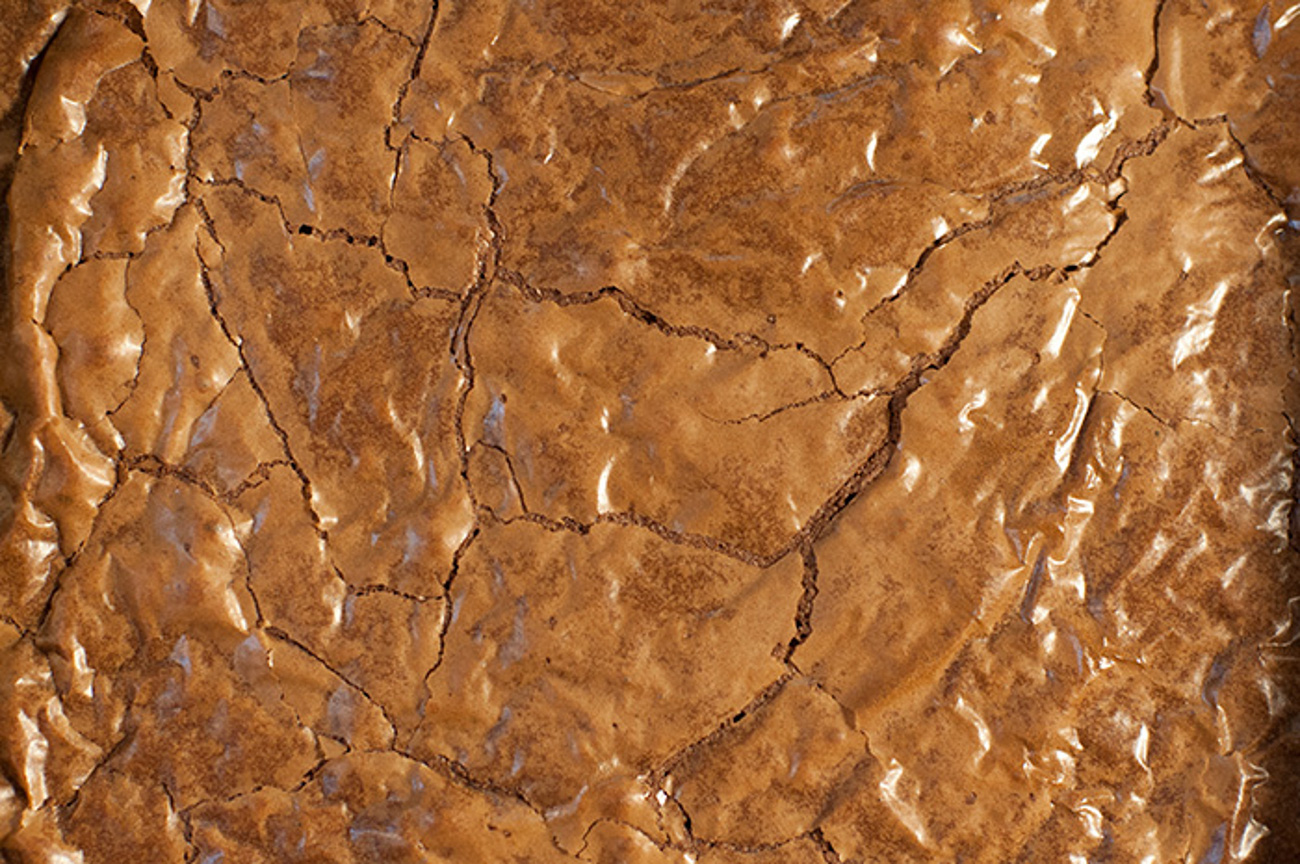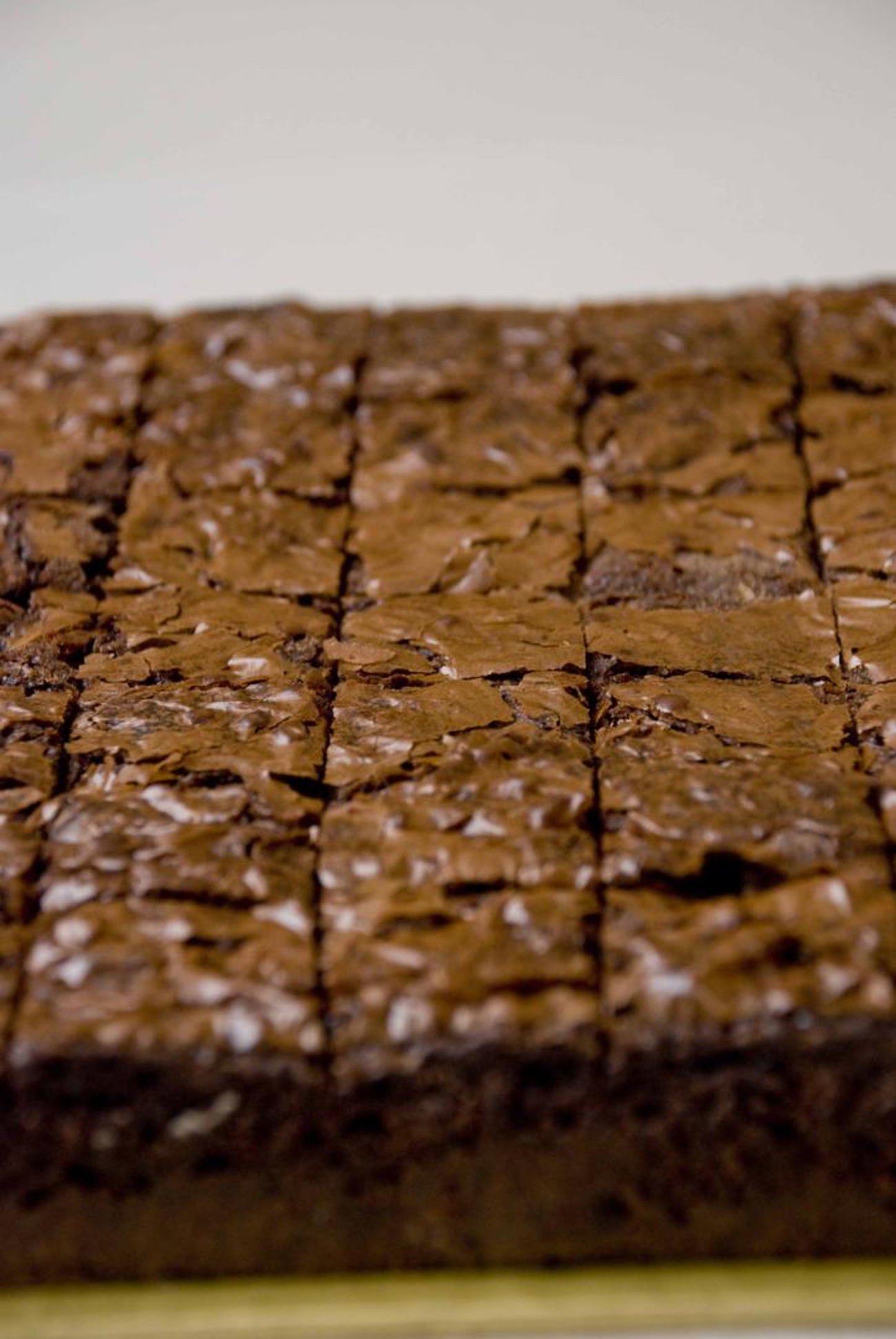It may be one of life’s long unanswered questions – what is brownie skin? Describing the topmost layer of the brownie as skin isn’t the most appetizing thing, but honestly, there’s no other way to define it. What is brownie skin and how it is formed may sound like straightforward questions to answer, but you’d be surprised to find that the internet is at odds, and there are many theories behind brownie skin. There’s little magic at work to get this topmost layer, and you’ll see that you can get brownie skin from a homemade recipe as well!

You can do some internet sleuthing, and you’ll see it’s hard to find a consistent answer to the brownie skin conundrum, but brownie skin isn’t anything special and is just like the rest of the brownie batter. That glossy mirror smoothness of the skin is due to the sugar hardening and blocking the air bubbles that are trying to escape from the surface.

So why does the sugar harden like that? I’ve cooked up many brownies in my life and from-scratch recipes seldom have that brownie skin. There are three main theories behind evasive brownie appearance – whipping and agitating the eggs makes a meringue that puffs up on the top, having a lot of cocoa fat from chocolate, and having a special type of fat are the three main camps of thought. Yet when you buy brownie mix, you don’t do much whipping, at most, you stir it with a fork or whisk, and brownie mixes don’t have melted chocolate so the second theory is out of the door, and lastly, there’s no special fat that one uses with brownie mix – yet why does that skin appear with so little effort? Many people on the internet think brownie skin, specifically the brownies you get from a box mix, are somehow special, and the delicate thin layer is due to genetic engineering, or they say it has to be modified wonky science at play.

Contrary to many posts on the internet, brownie skin is not from using a specific fat or whipping a lot of air into the batter. What makes that brownie skin glossy and paper-thin is determined by how thoroughly the sugar is dissolved in the batter. You see this in box brownie mixes where uniformity is the key, all of the ingredients are powdery thin and equally distributed, it’s very sandy, almost like powdered sugar in texture. The second factor that makes brownie skin is a reduced amount of moisture, you only want enough wet ingredients to just dissolve the sugar, nothing more.

There are a few tricks you can do to your favorite brownie recipe. To get that famous glossy skin, swap equal weights of granulated sugar for powdered sugar, so 2 cups (400g) of granulated sugar would mean you’d use 2 ¾ cups (400g) of powdered sugar. Next, reduce the amount of liquids in your batter, you can easily do this by removing the egg whites and only using the yolks.

If you use butter in your brownie recipe, try clarifying or browning your butter, this not only imparts good flavor but cooking down the butter will also remove the water that is naturally occurring in butter. To ensure that the sugar is thoroughly dissolved, you can add the sugar into the melted chocolate mixture as well. Following these tips won’t ruin your already good recipe, but now you’ll have the best of a boxed mix with a great from-scratch flavor!













